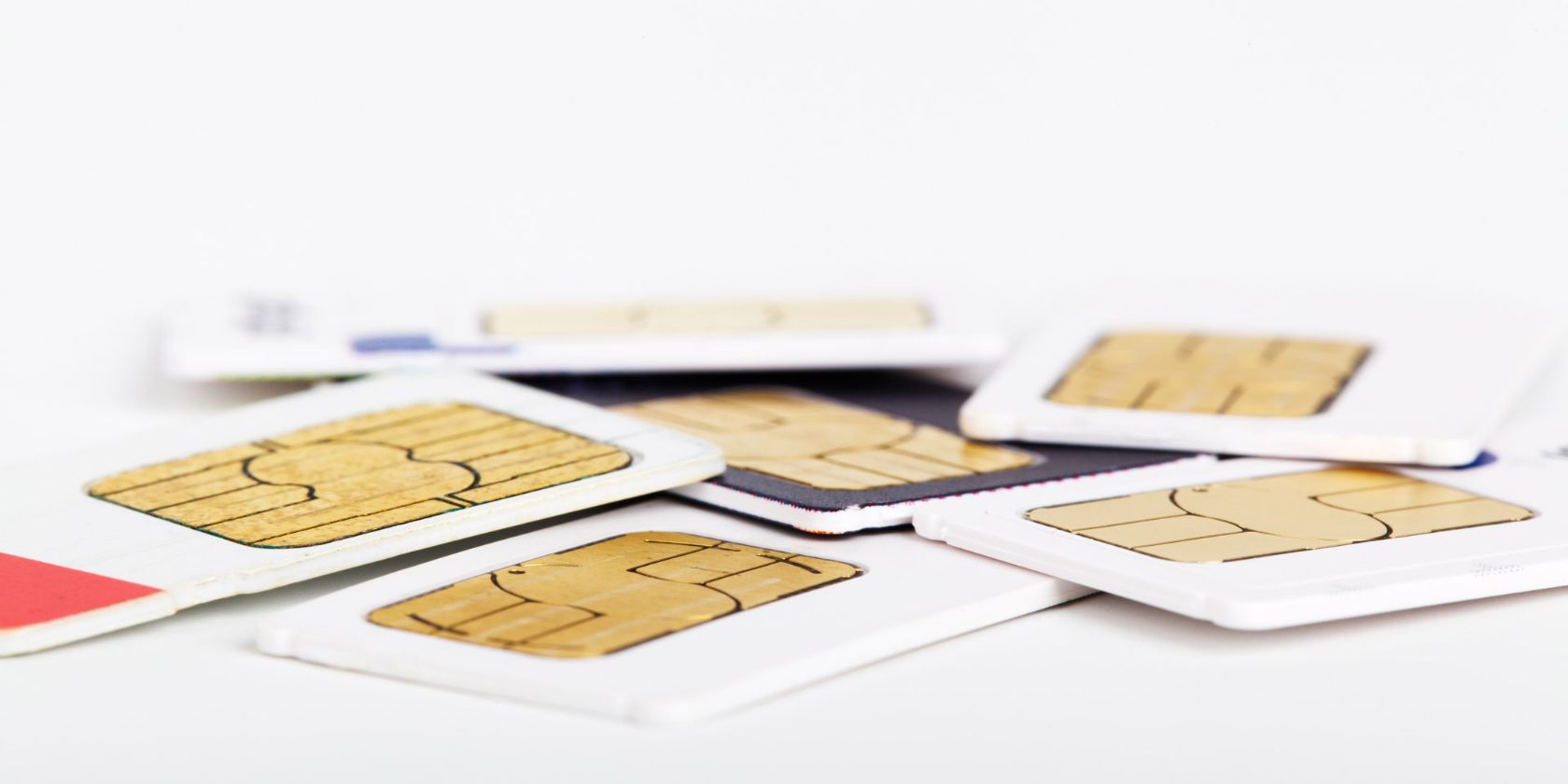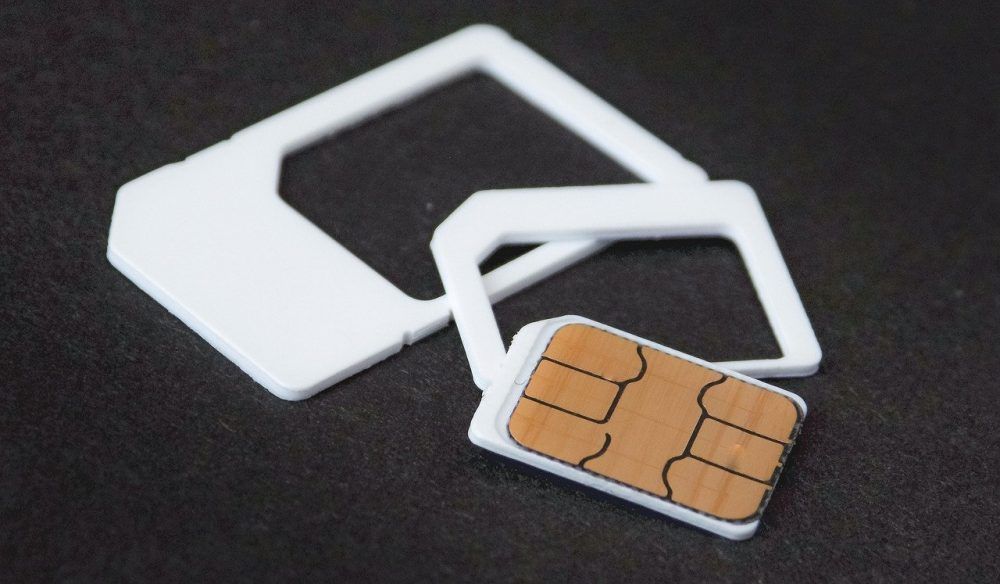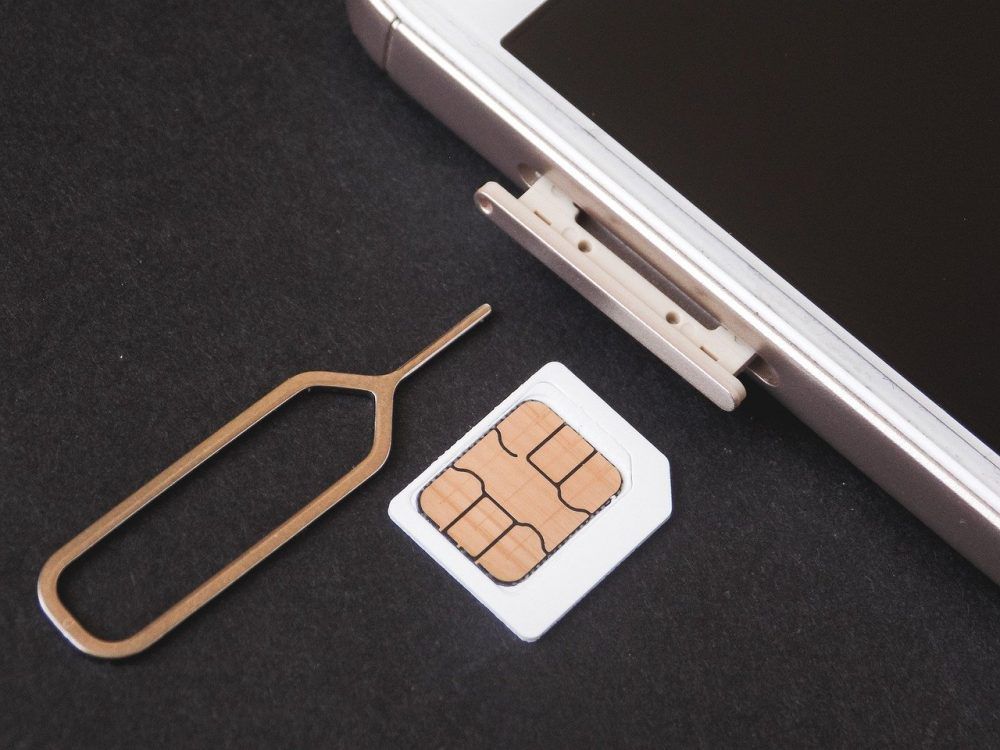Do iPhones and iPads have SIM cards? Some do, and some don't. You might already know the answer to whether or not you've got a SIM card in your device. But if you don',t this article is going to break it down so you can find out.
Why Do Some Devices Have SIM Cards?
SIM stands for Subscriber Identity Module. It's the small plastic card that slots into your phone when you first get it.
Without going into too much technical detail, SIM cards allow your device to act as a phone. They're what connects your phone to the carrier services that allow you to text, make calls, and access the internet when you're not connected to Wi-Fi.
Bear in mind that no all SIM cards support the roll-out of 5G, so you might need to upgrade your plan and SIM card to get a 5G connection if your device supports it.
SIM cards have gotten smaller over time as you can see in the image above. Older devices such as the original iPhone through to the iPhone 3G use the larger SIM card. Slightly newer devices from the iPhone 4 to the iPad 4 use the mid-sized Micro SIM card. All devices since the iPhone 5 use a Nano SIM, which is the smallest size.
Apple has a full guide on which SIM card each device needs in its Support pages.
All iPhones need a SIM card; they can't act as a phone without one.
But only some iPads have SIM cards in them: the cellular models. This lets the iPad connect to a carrier's network to access the internet while you're not connected to Wi-Fi. While you can't use the SIM for calls and texts on your iPad, the SIM card essentially does the same thing.
You'll be able to tell if your iPad is a cellular model as you'll have chosen this option when purchasing the device. If you've forgotten, just check to see if you have a SIM card slot on the side of your iPad.
What About eSIMs?
In recent years, eSIMs have become much more popular. An eSIM is installed directly into the phone and acts as a software-based SIM card, without you needing the plastic card. Have a look at our guide on what eSIMs are if you're looking for some more info.
If your iPhone or iPad has an eSIM it functions exactly the same way as a traditional SIM. You just don't have the plastic card inside the SIM tray. The cellular Apple Watch also uses eSIMs to let you make calls without needing your phone.
How Can You Tell Which SIM You Have?
The easiest way to tell which SIM card your device uses is to remove the SIM tray and take a look using the ejector pin. An example of this is in the image below. You'll be able to see the SIM card within the SIM tray if you have one in the device. This is the same process for all devices with a SIM card.
If you can't see a SIM in your iPhone or iPad, don't panic! It probably means that your carrier is using an eSIM on your plan instead. Your device will continue to work just the same as it would if it had a plastic SIM card.
Different carriers use different options, and you'll likely be given a heads-up when you take out your plan. If your carrier supports eSIMs, they probably would have given you the option when you signed up for your plan. While some carriers may not support eSIMs yet, they're likely to do so soon, as this is the next step forward.
Some carriers may also give you the option to switch your normal SIM to an eSIM so that you can discard the physical card. Check with your carrier if this is an option.
Apple also lets you use both a physical SIM card and an eSIM to give your iPhone Dual SIM functionality. This means that you can use two different numbers and data plans on your device. Some Android phones have a physical slot for two SIM cards, but Apple uses eSIMs instead.
There's No Simple Answer
This article asks whether iPhones and iPad need SIM cards. As we saw, there's no simple answer to the question. Some iPhones do, others use eSIMs. Some iPads support SIMs, but you need to have bought the right model. Even some Apple Watches take advantage of eSIM capabilities.
Ultimately, all devices that connect to a carrier use a SIM card in one way or another: be it physical or an eSIM.



